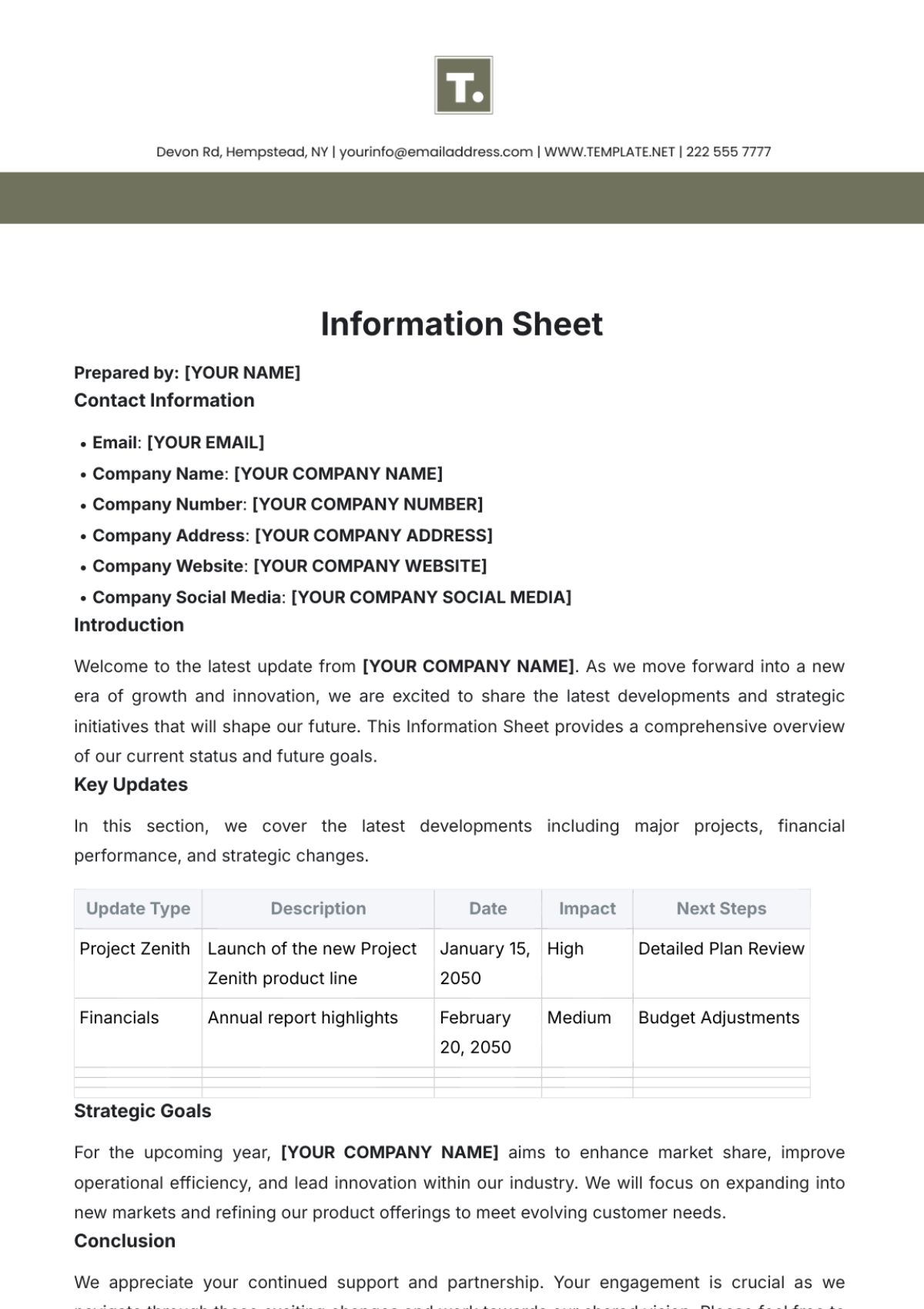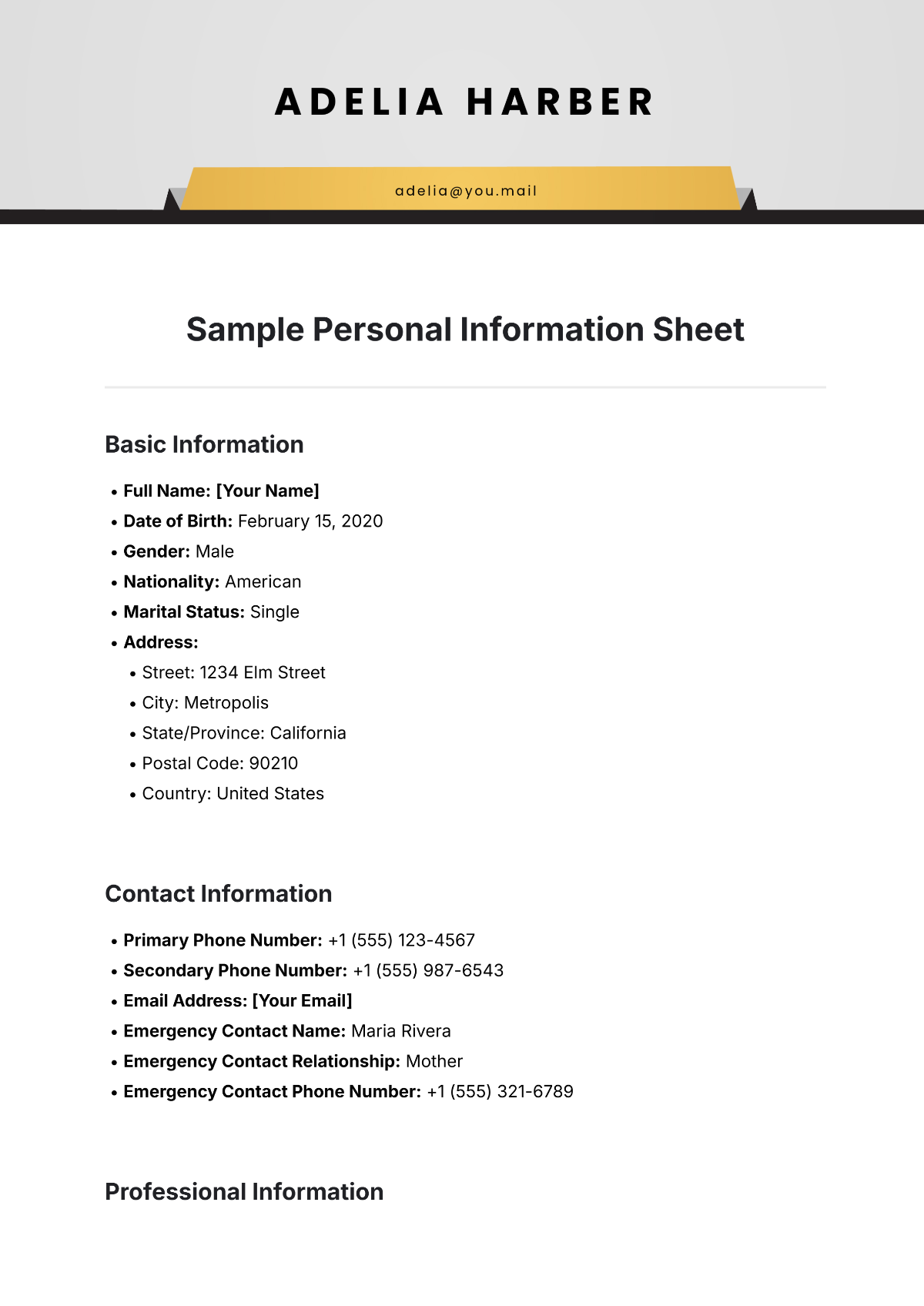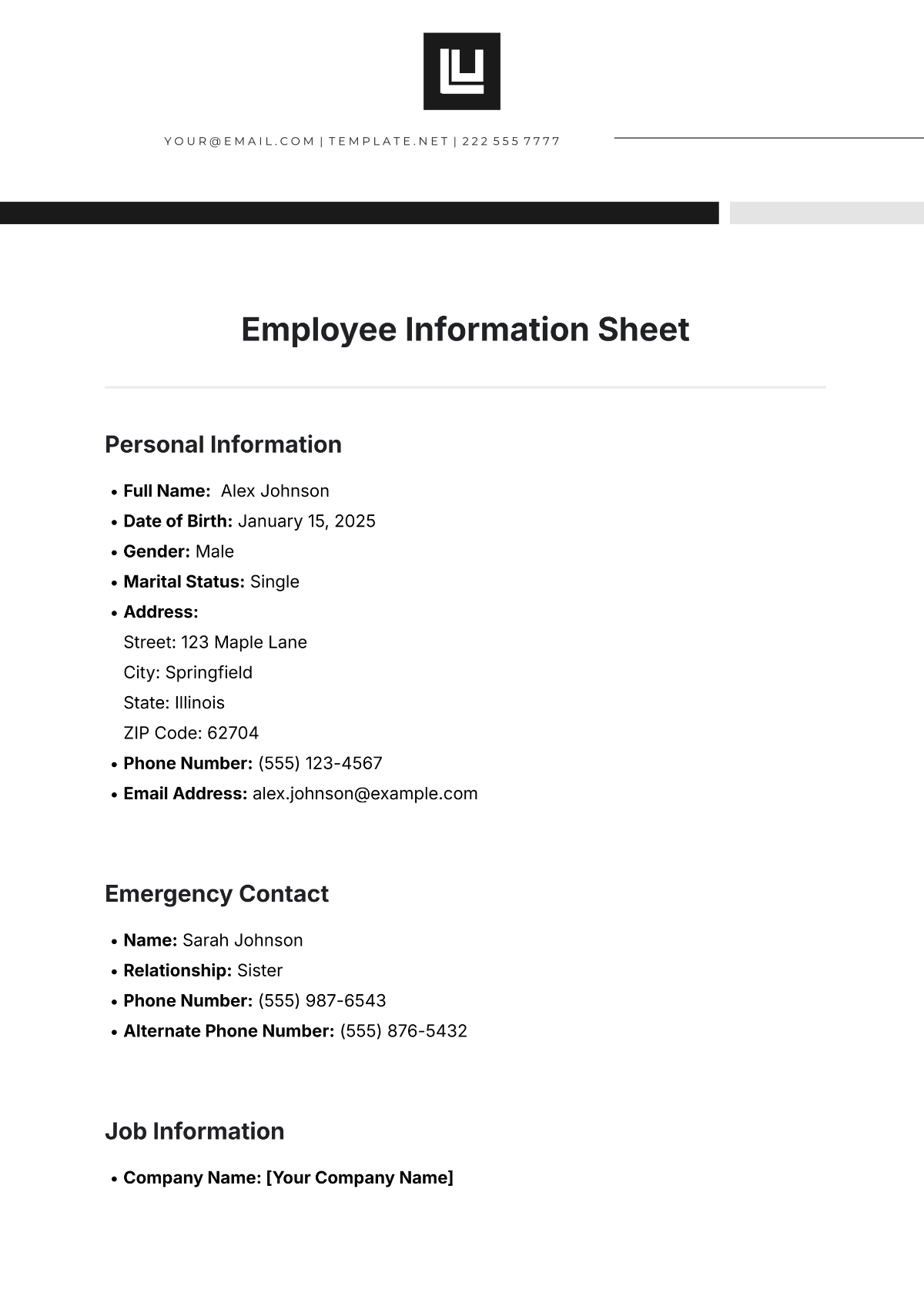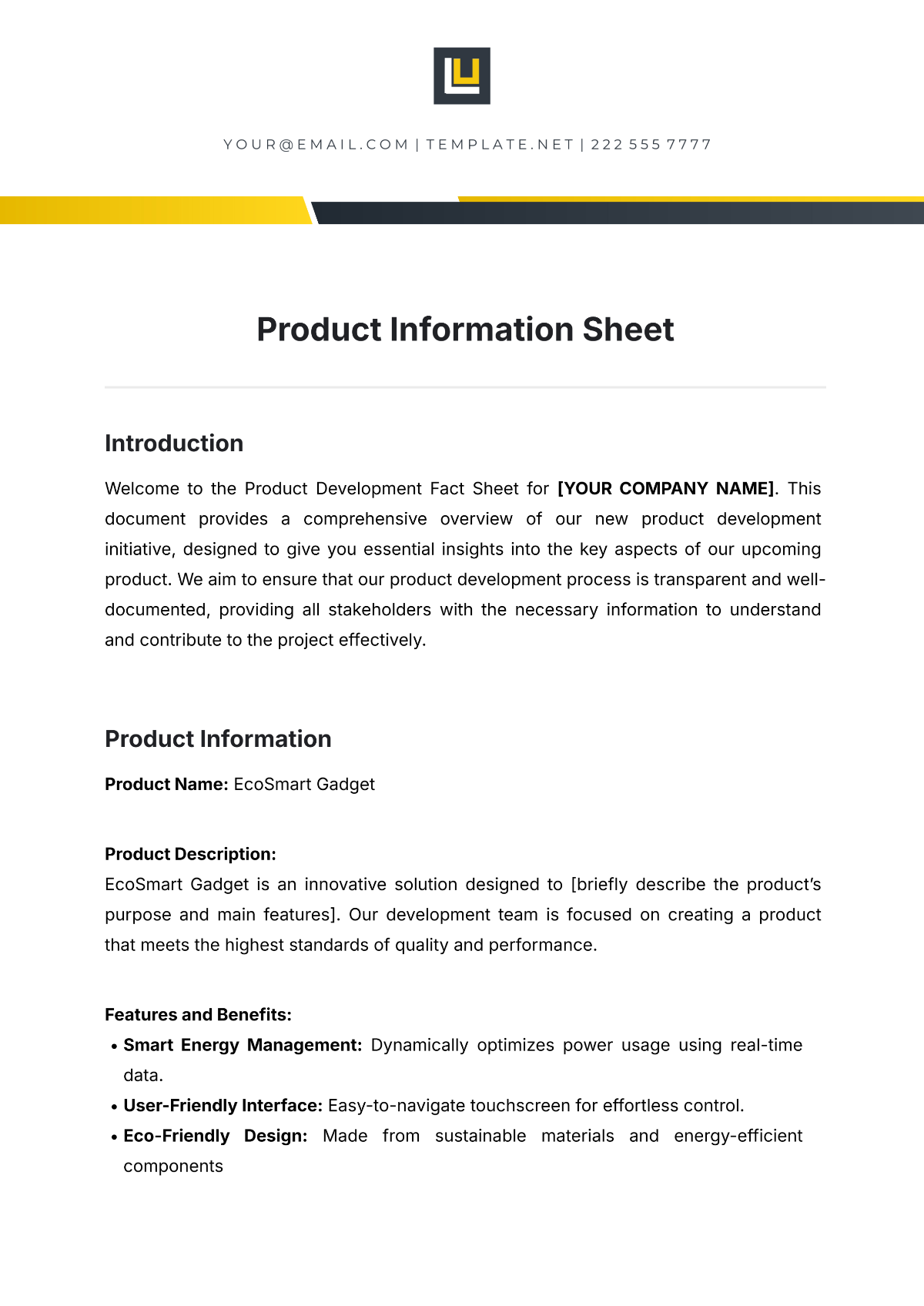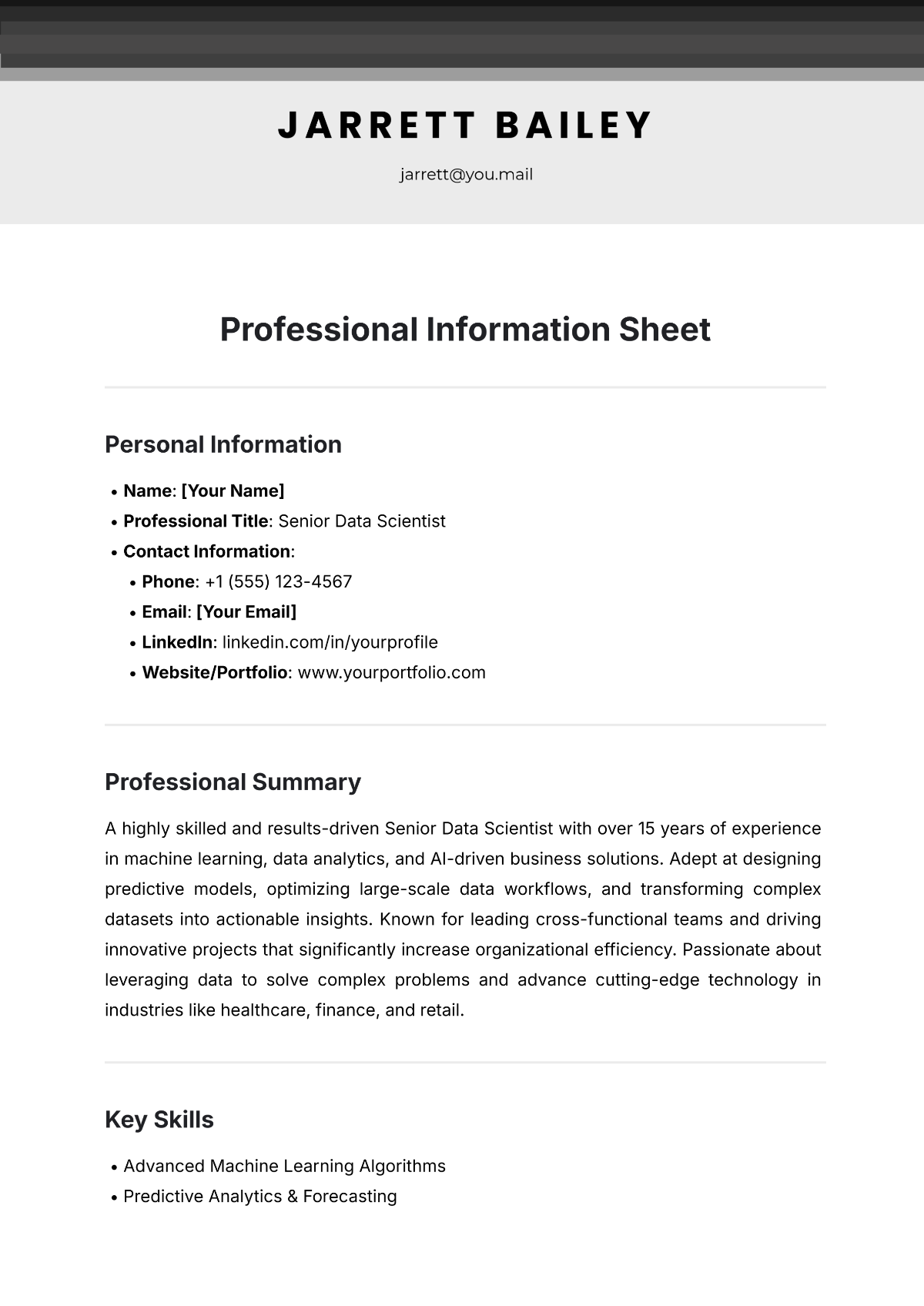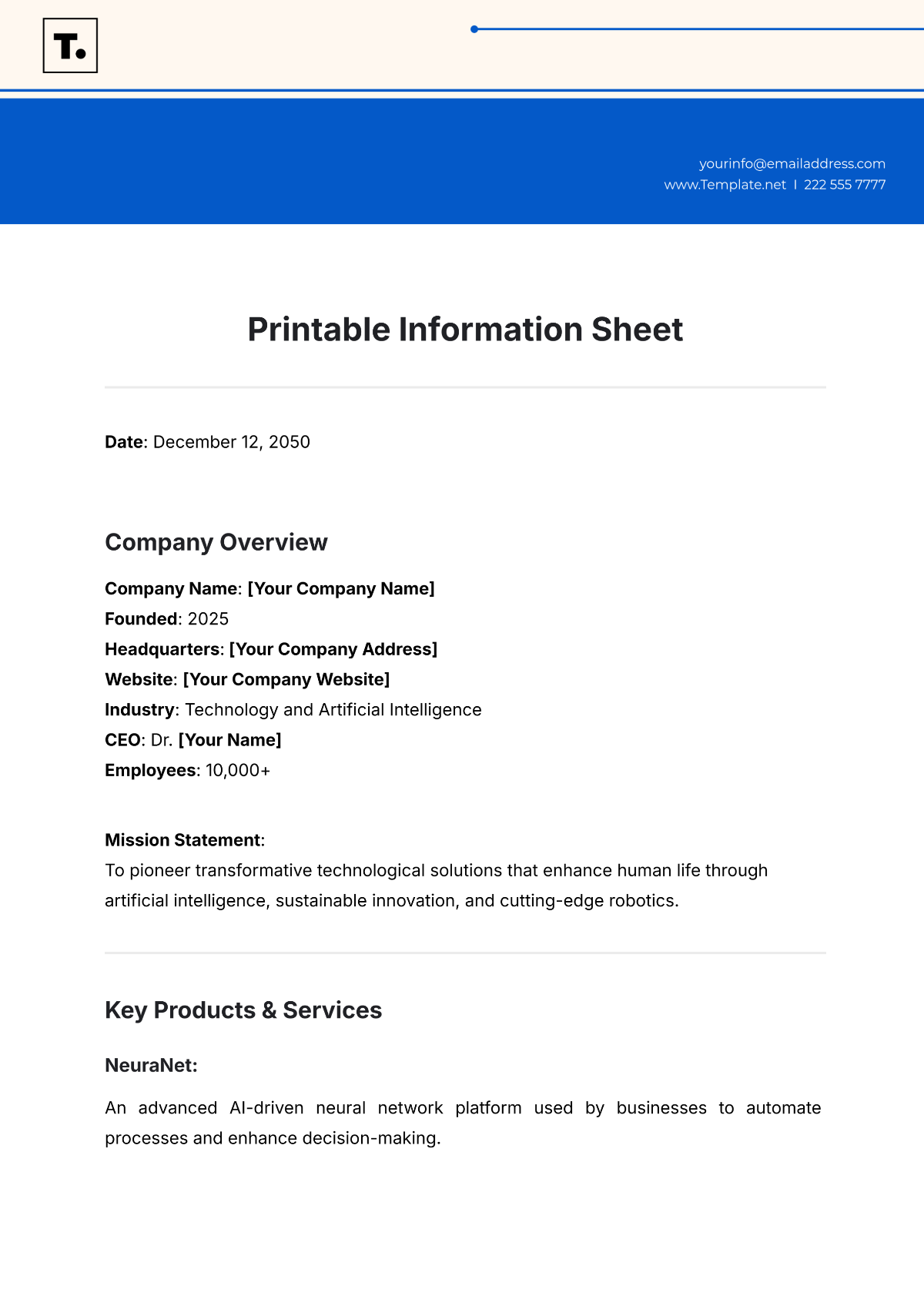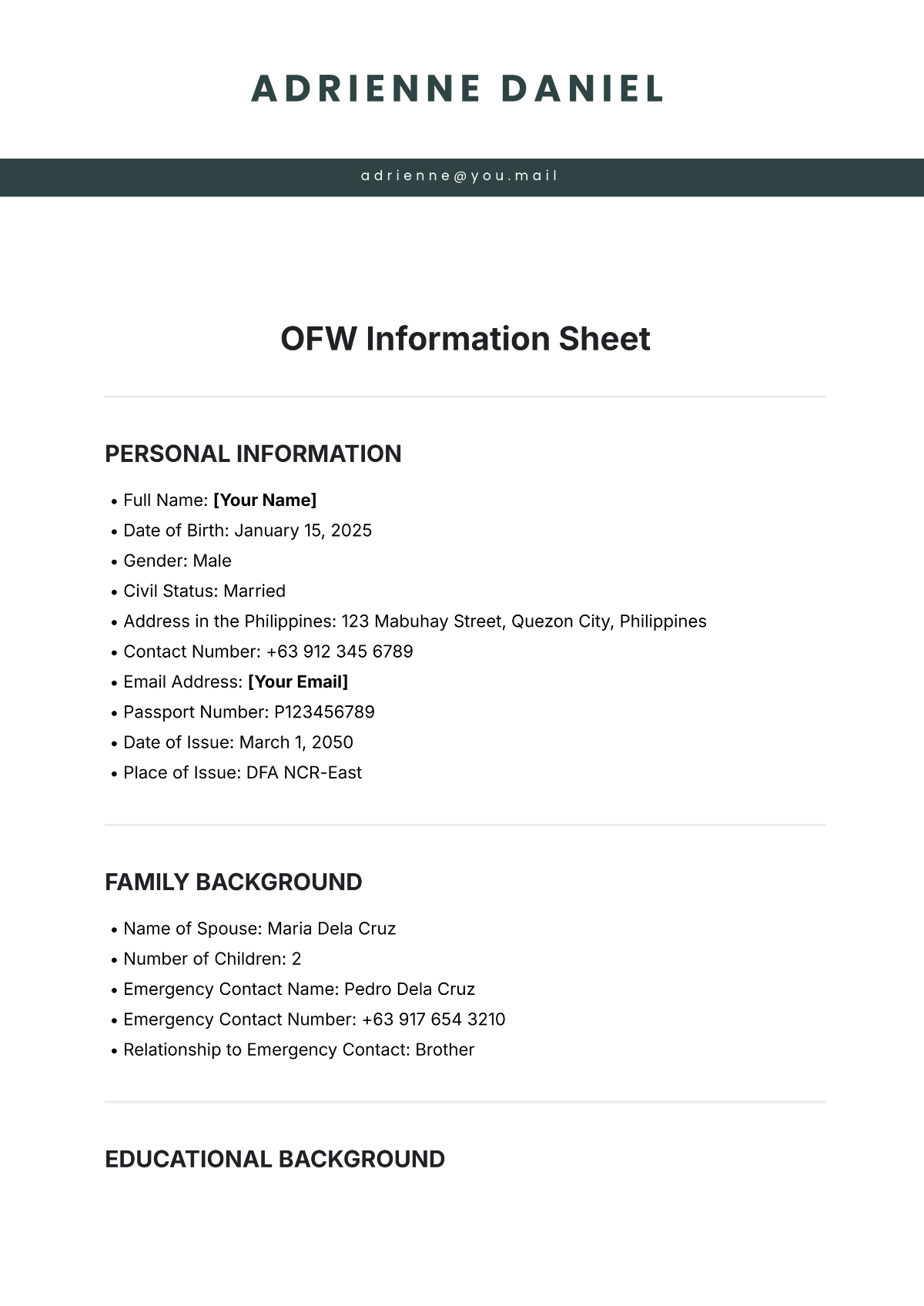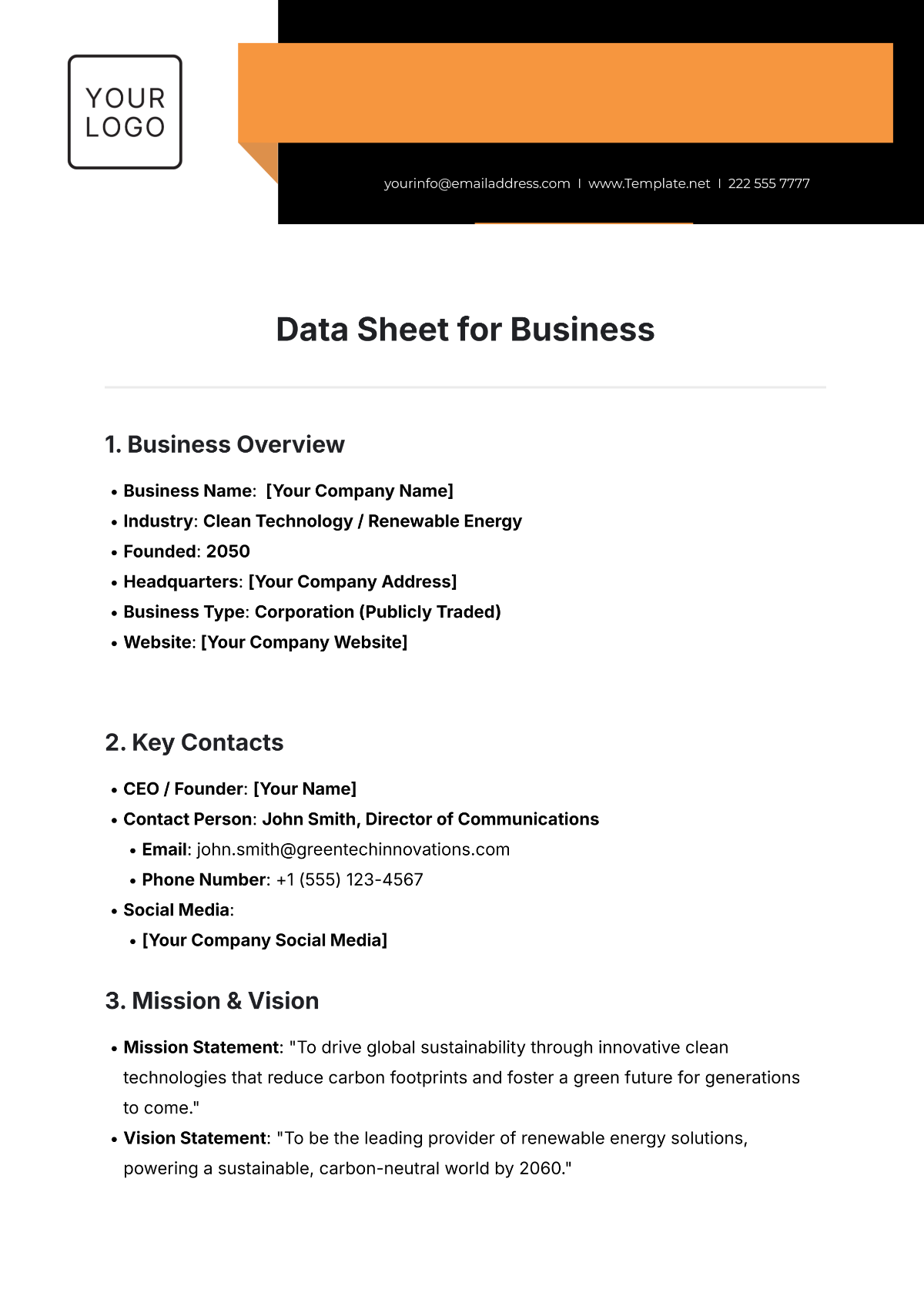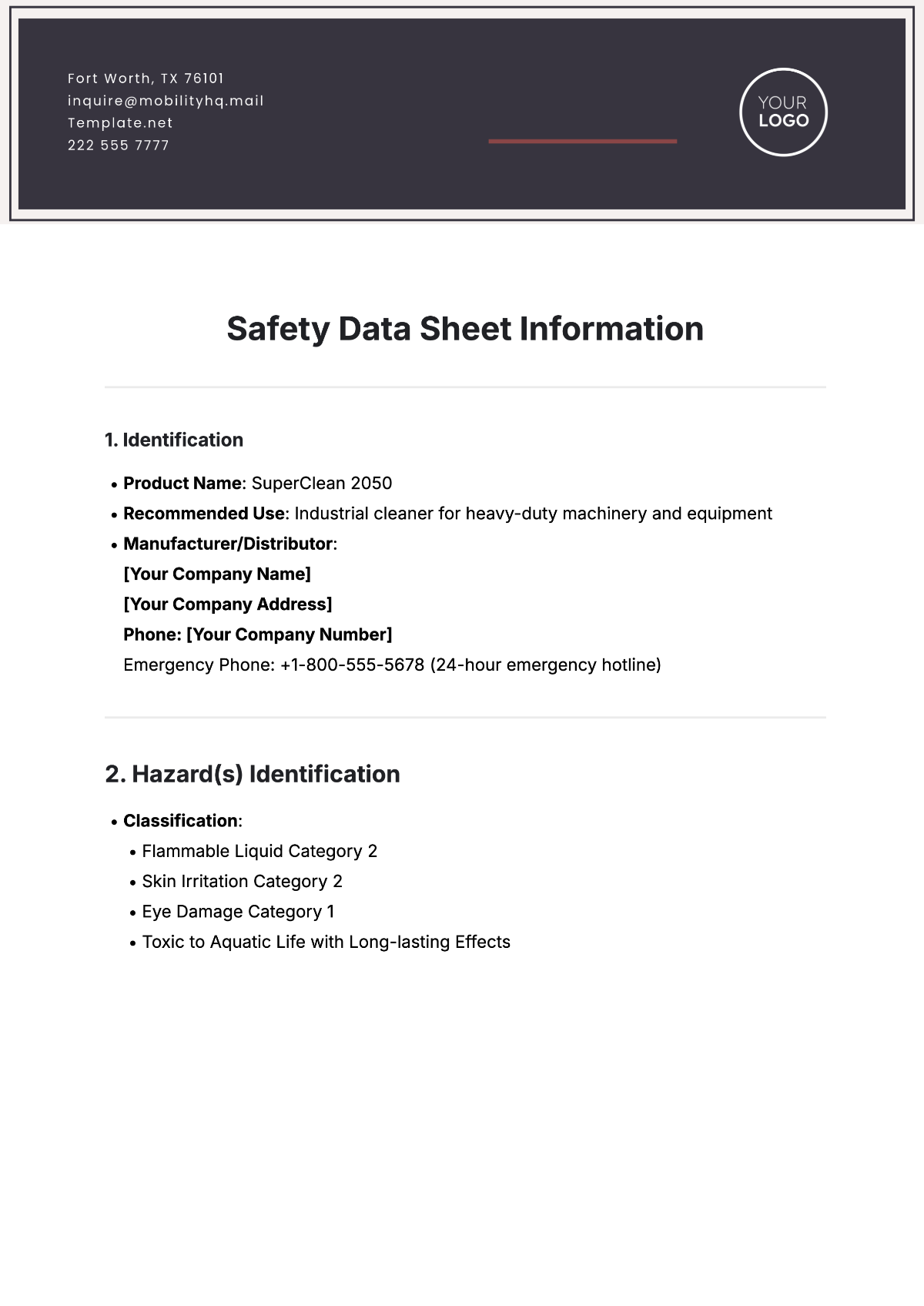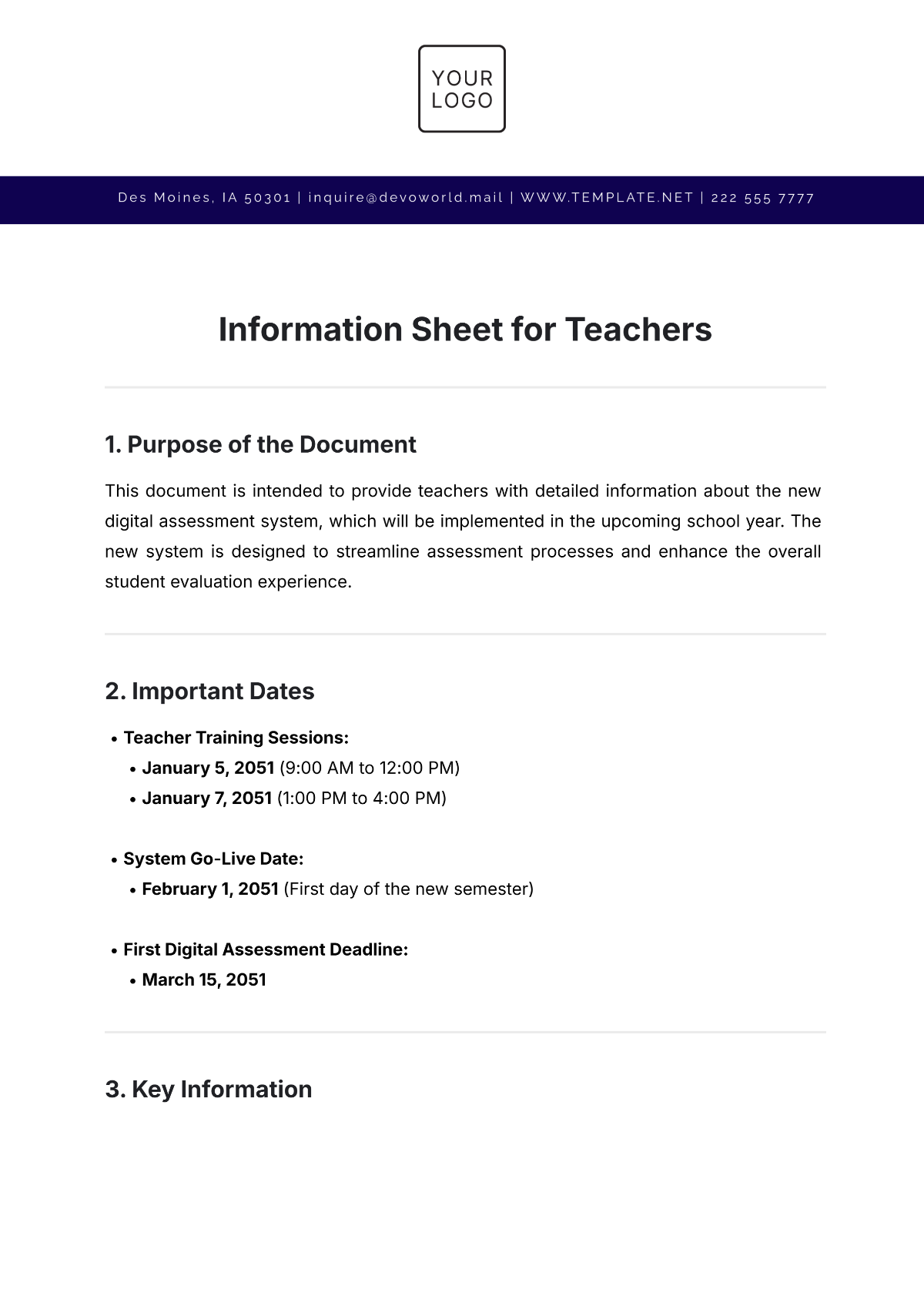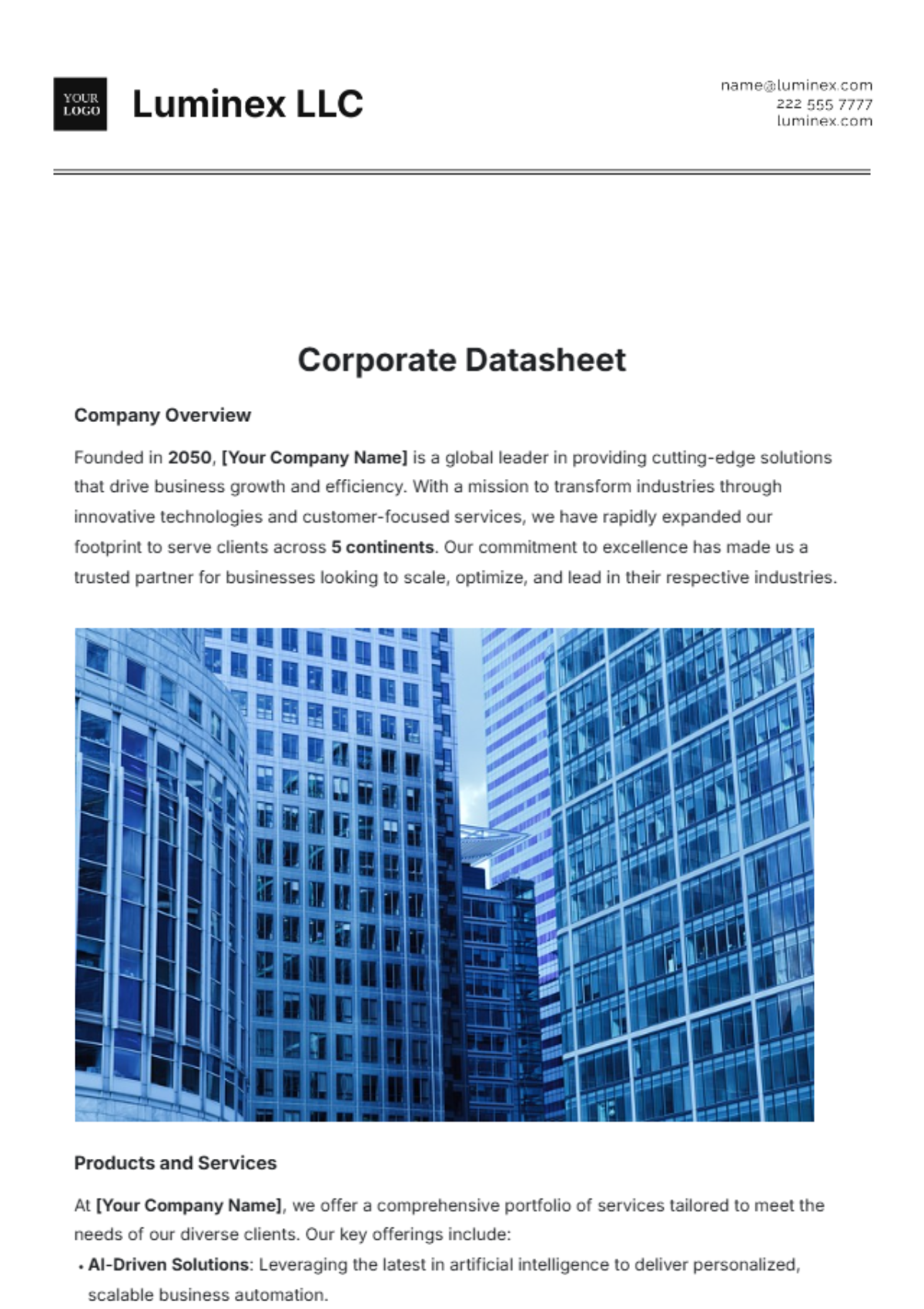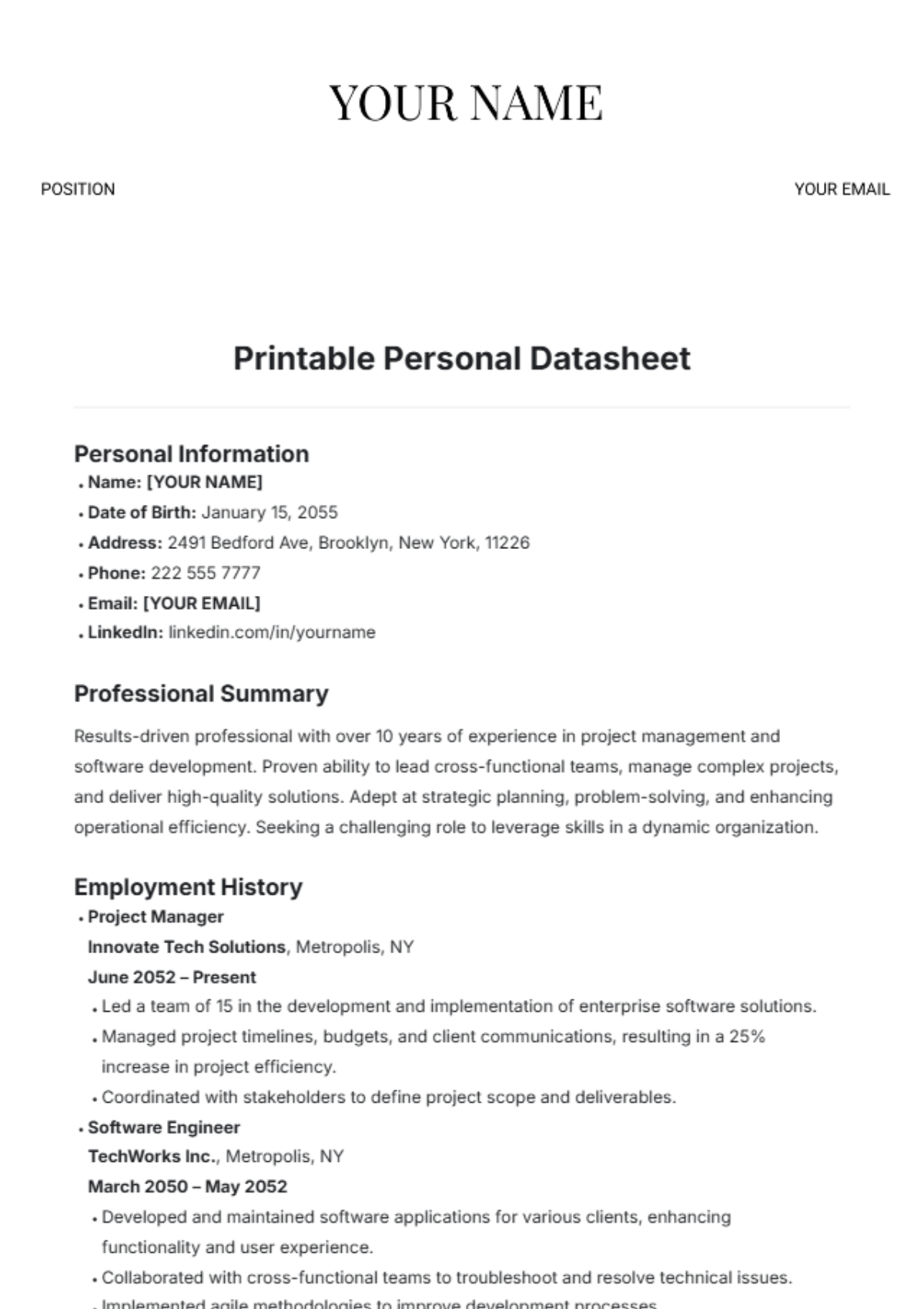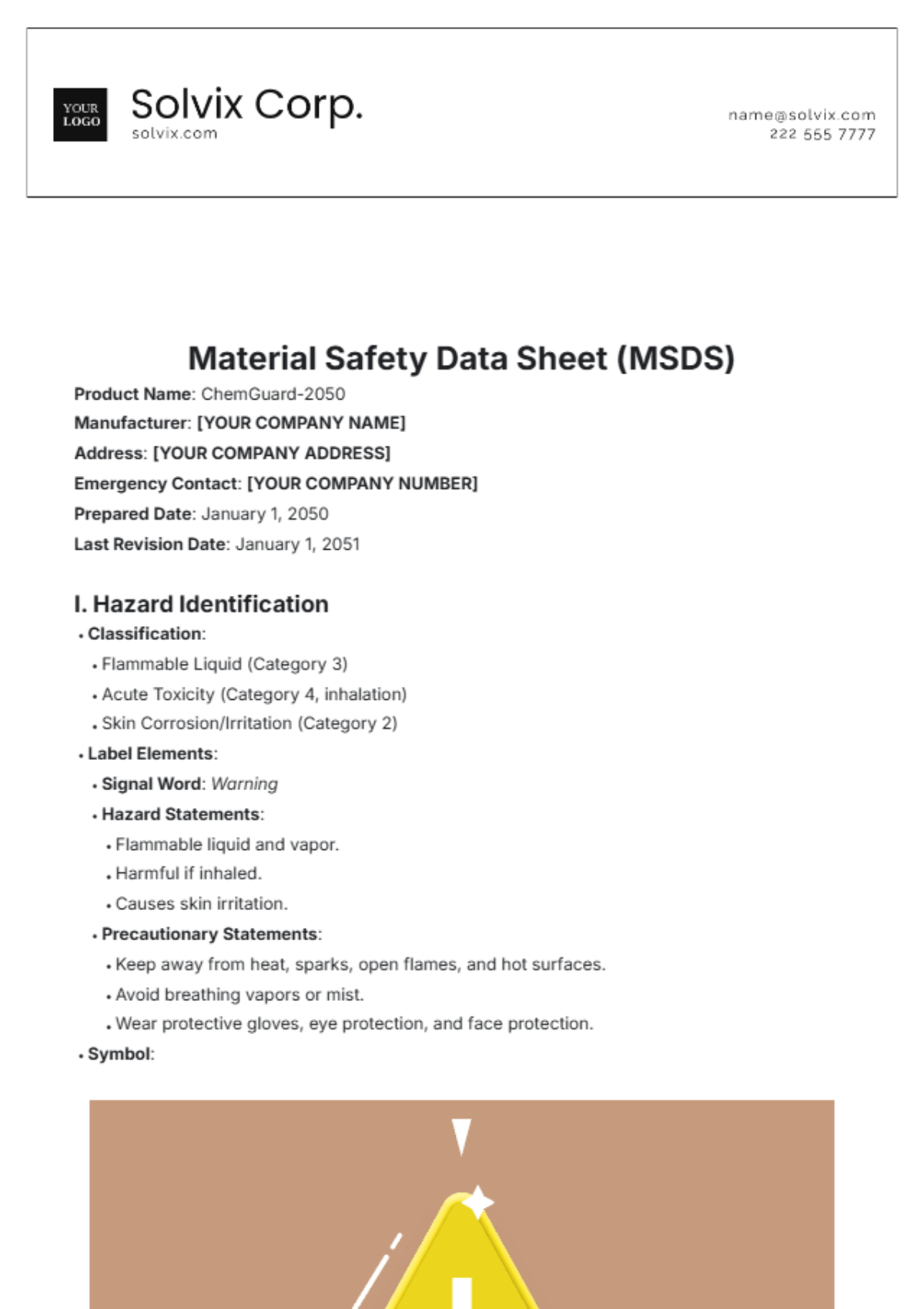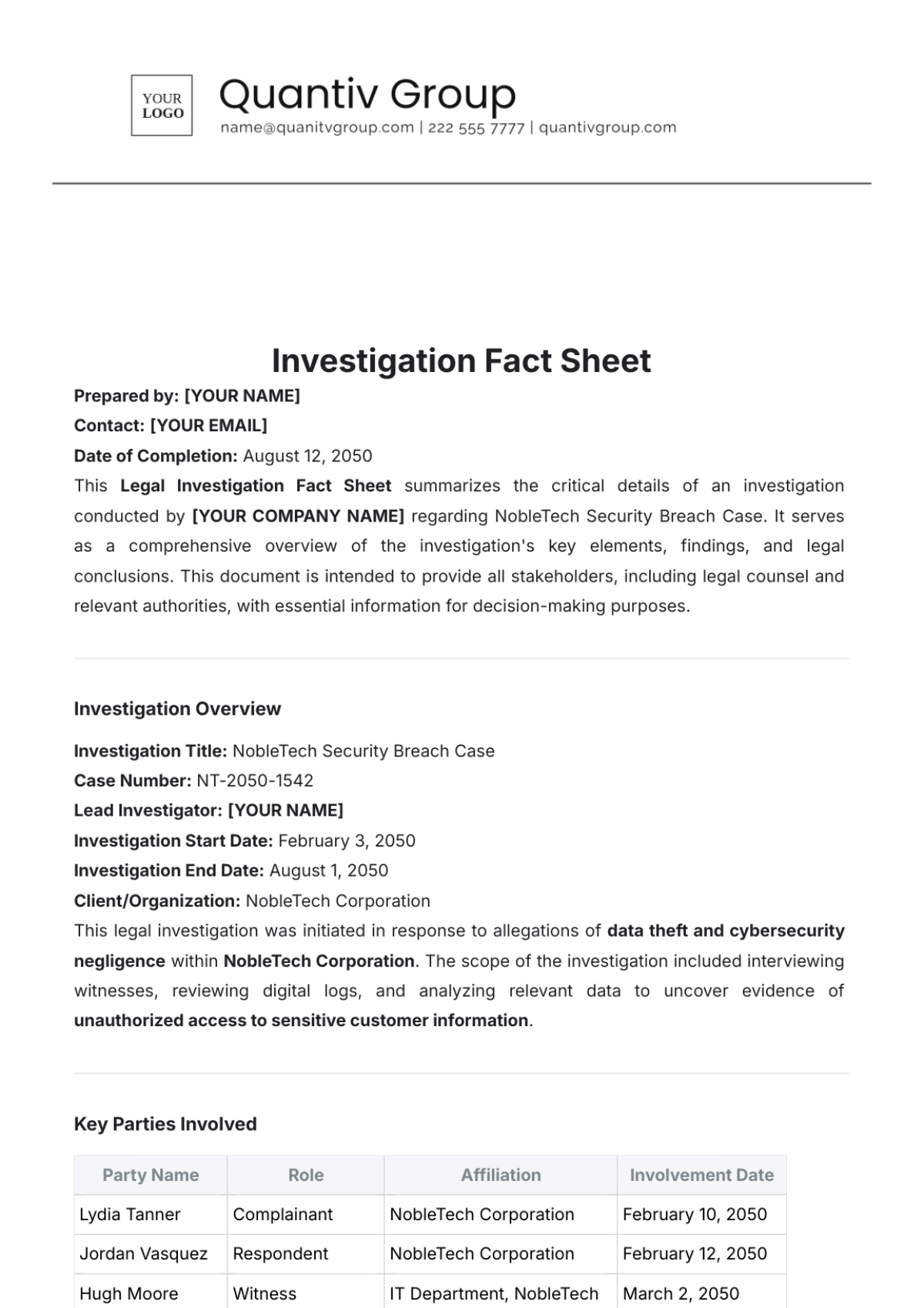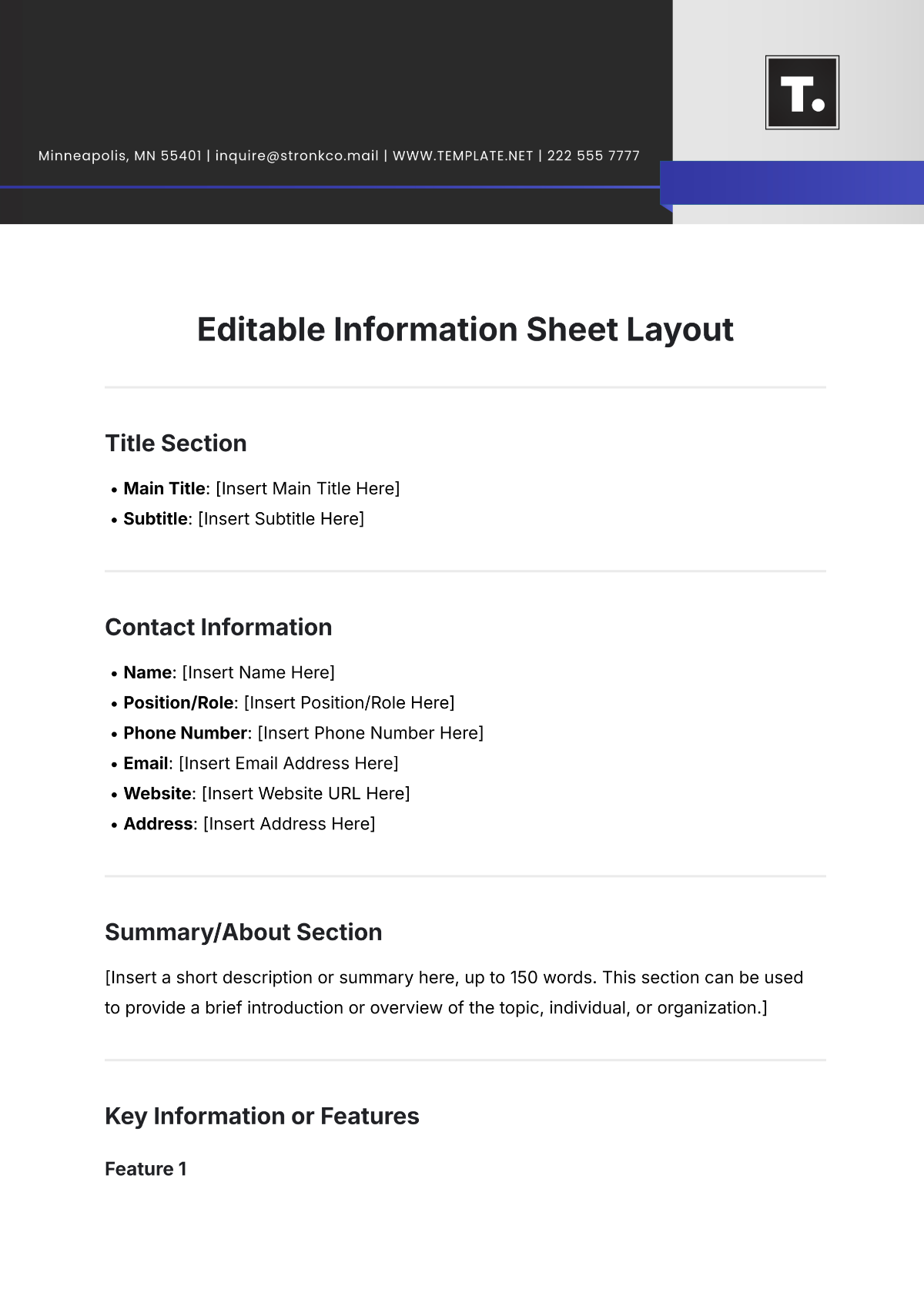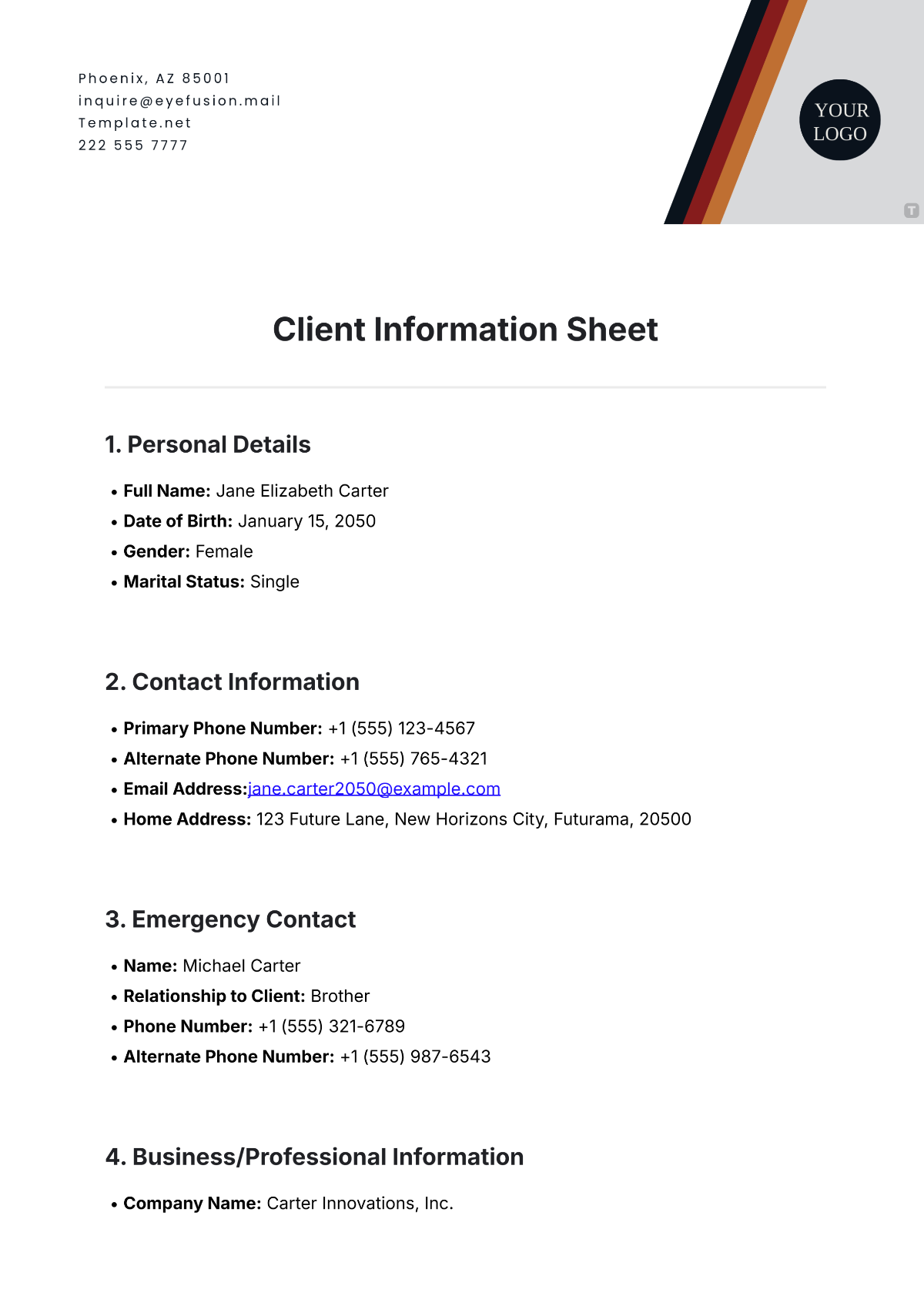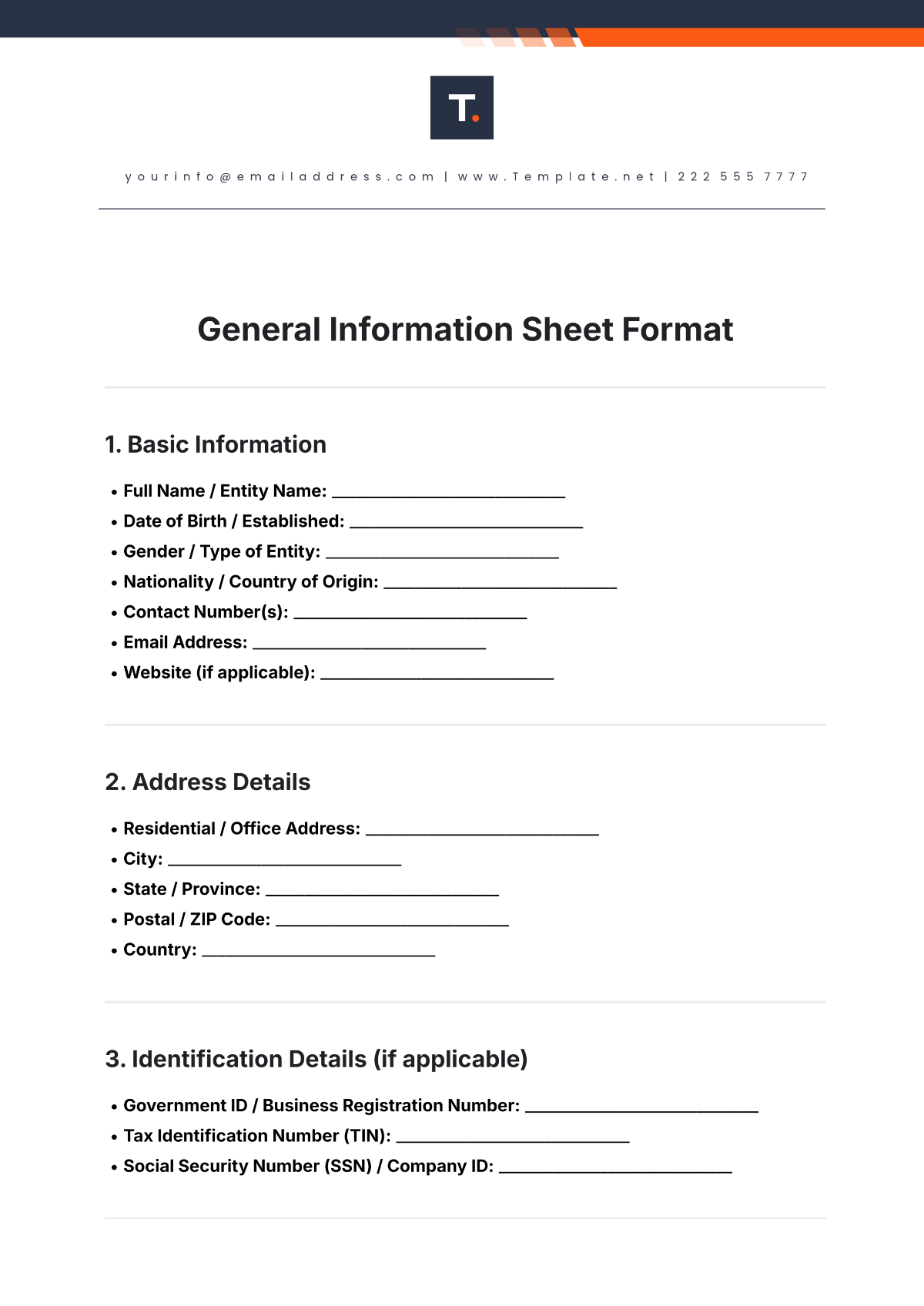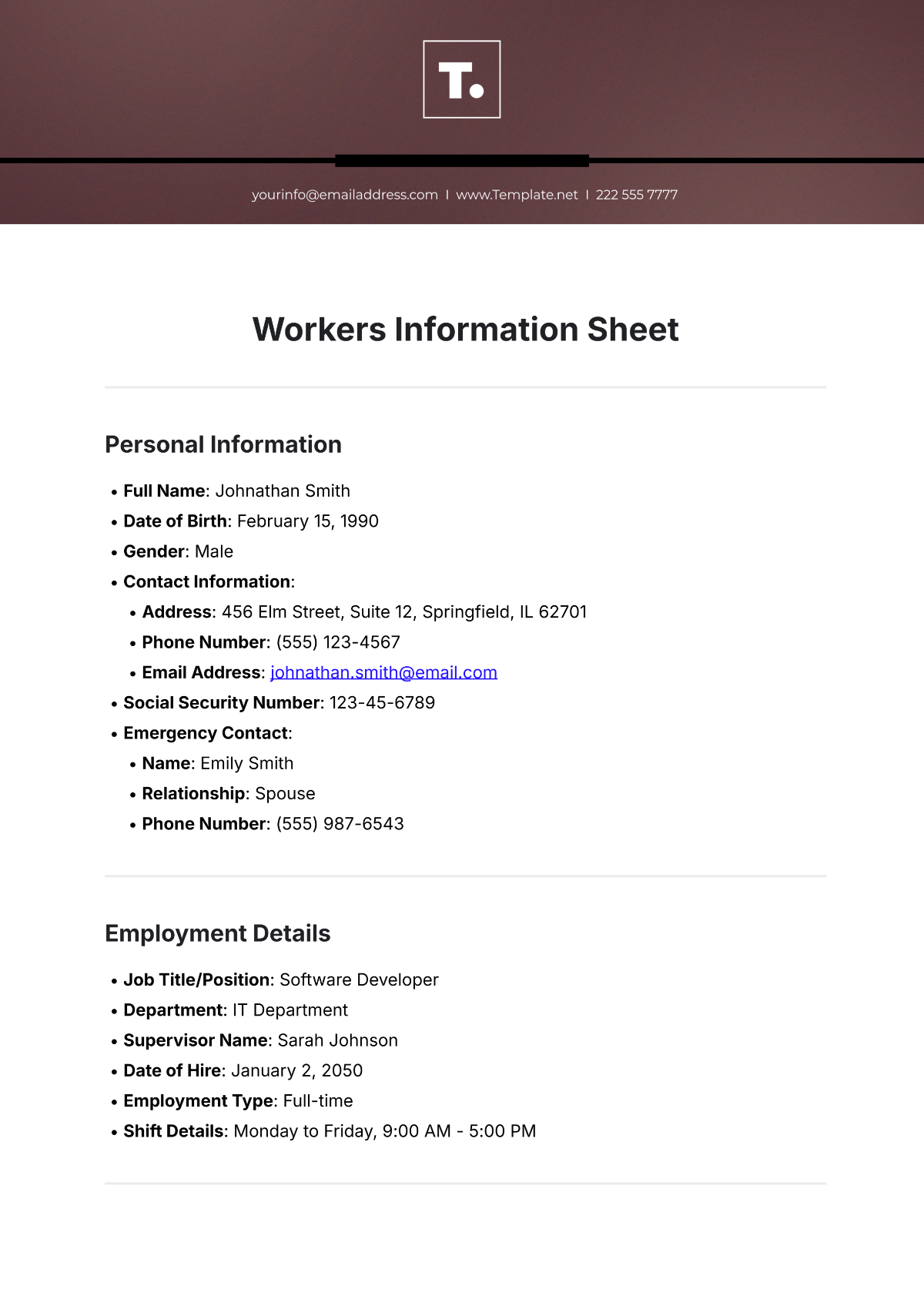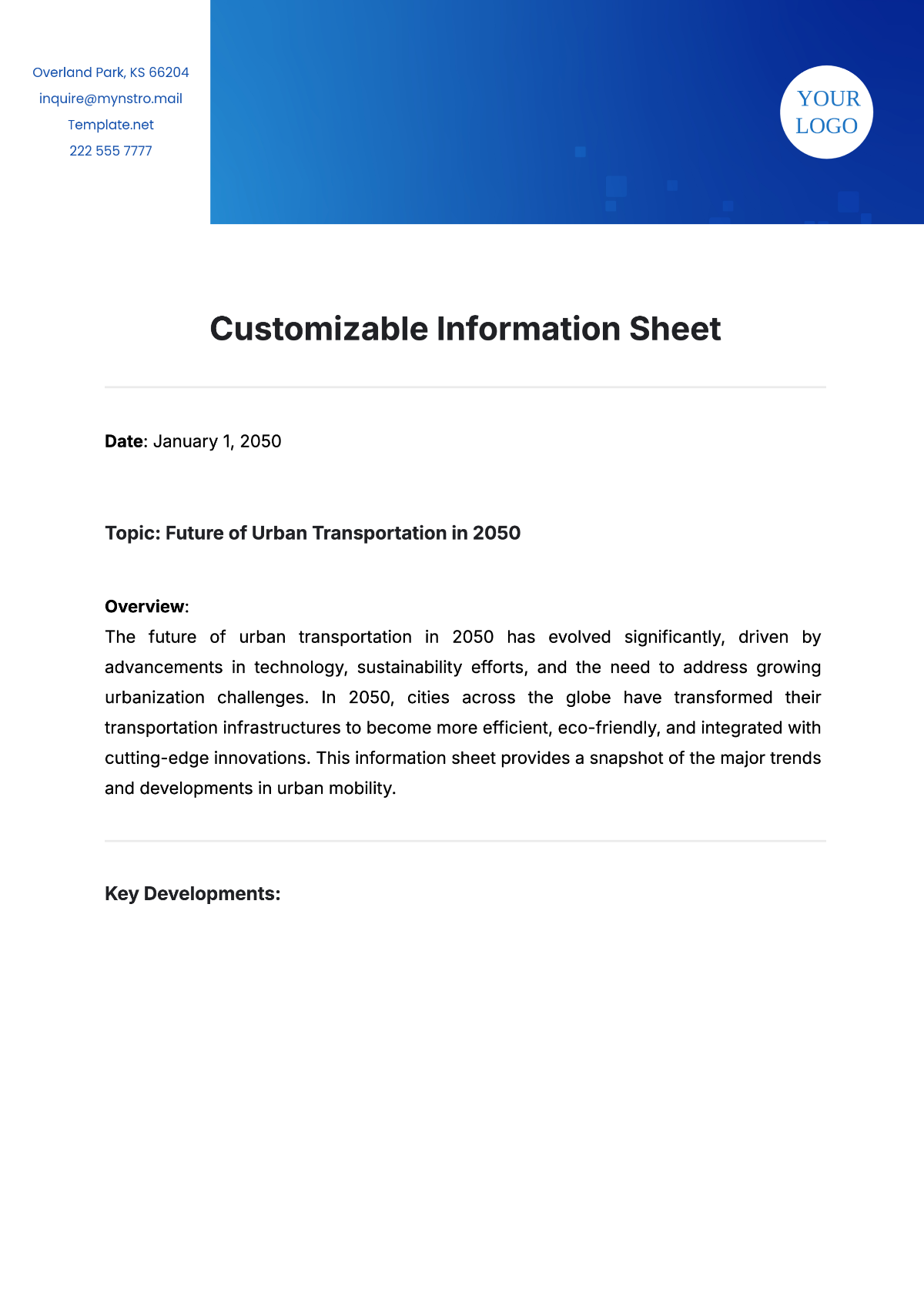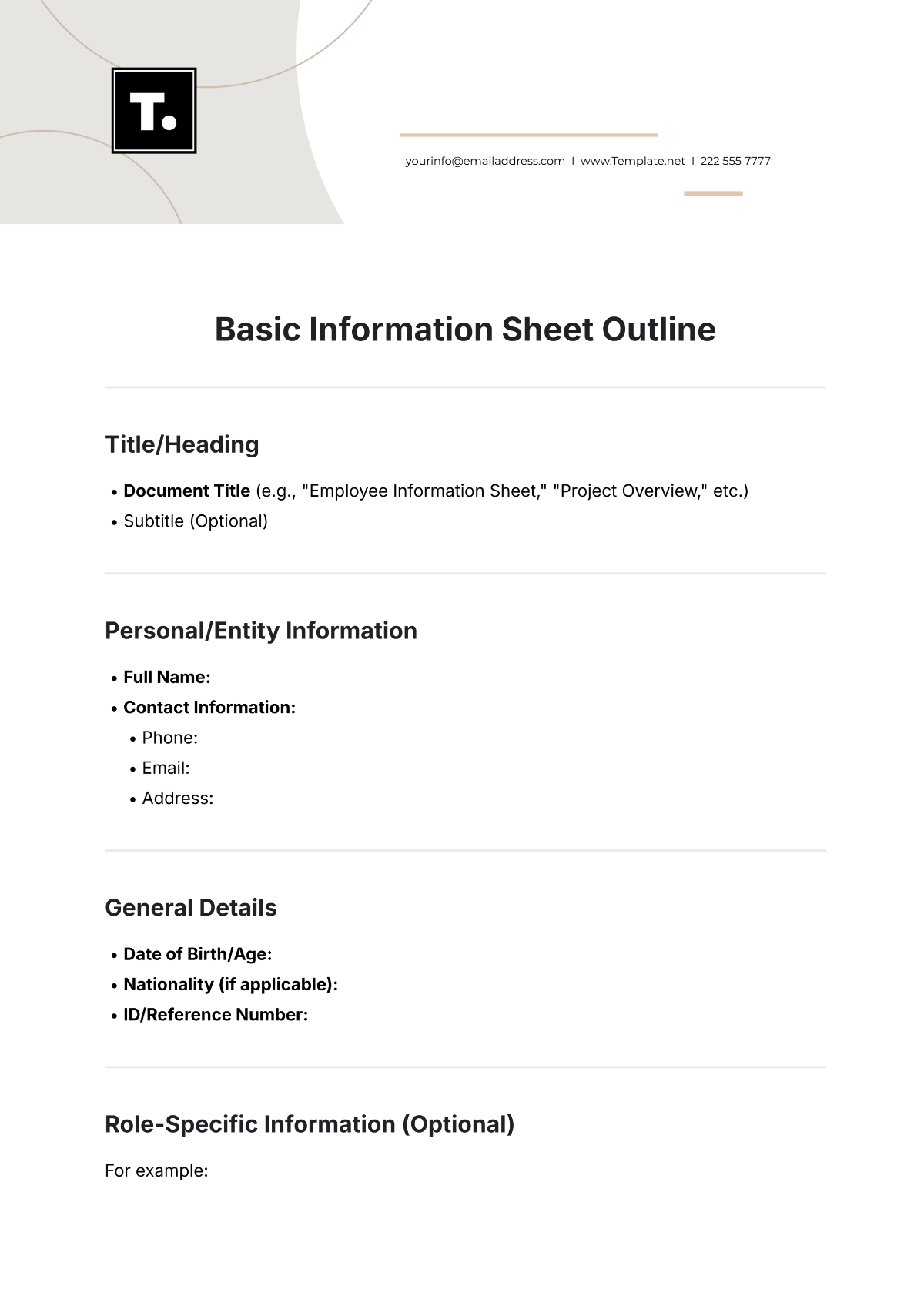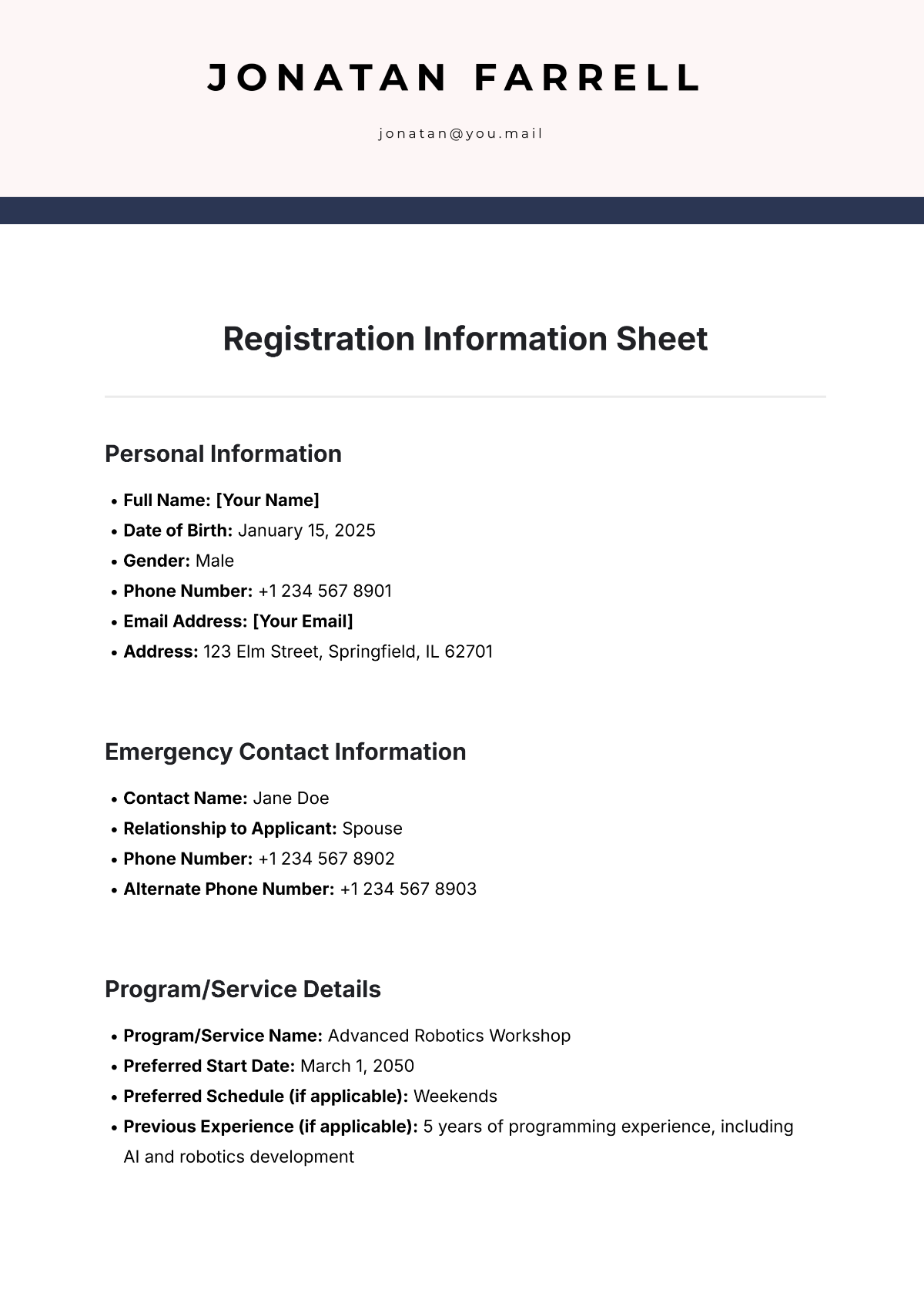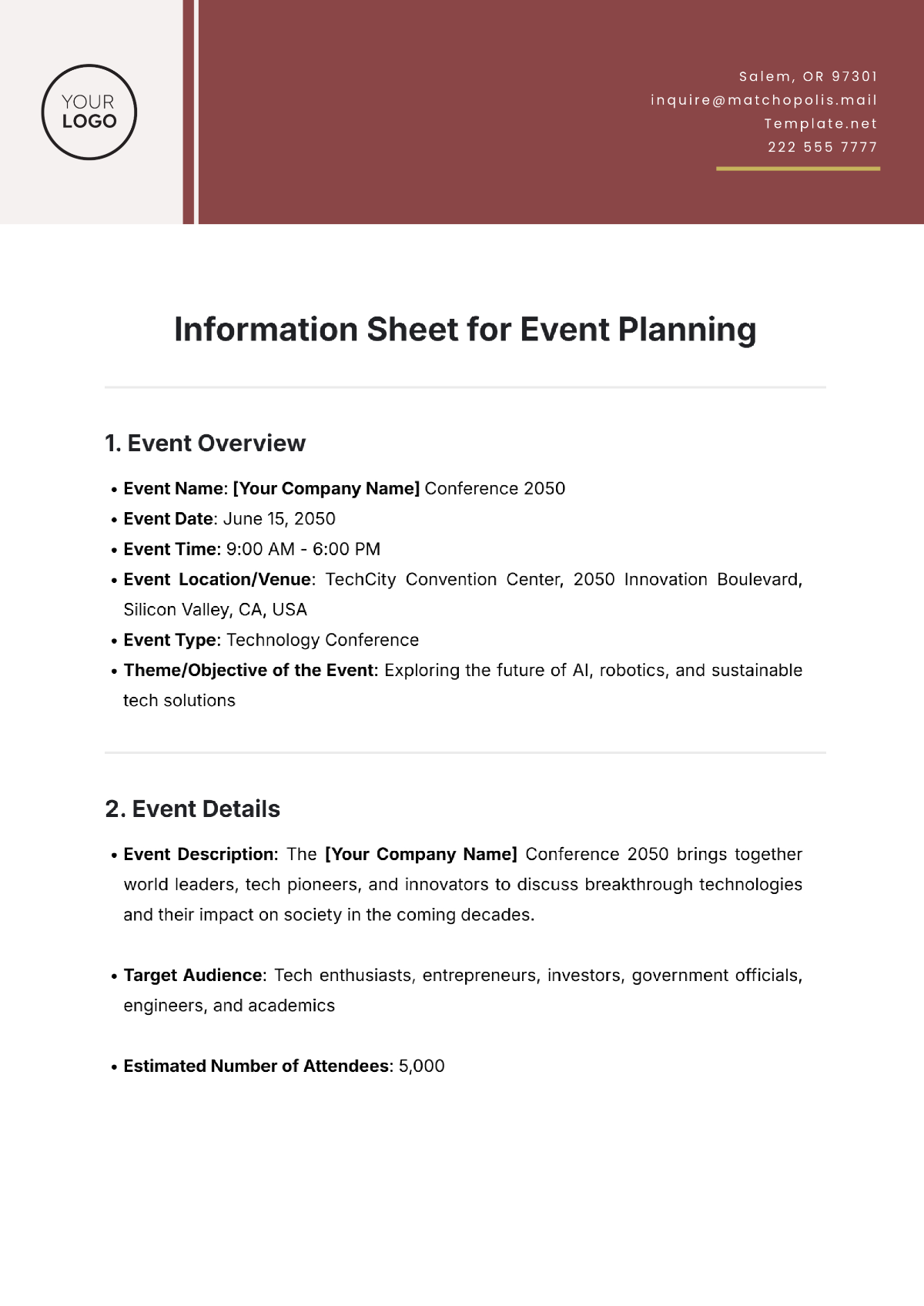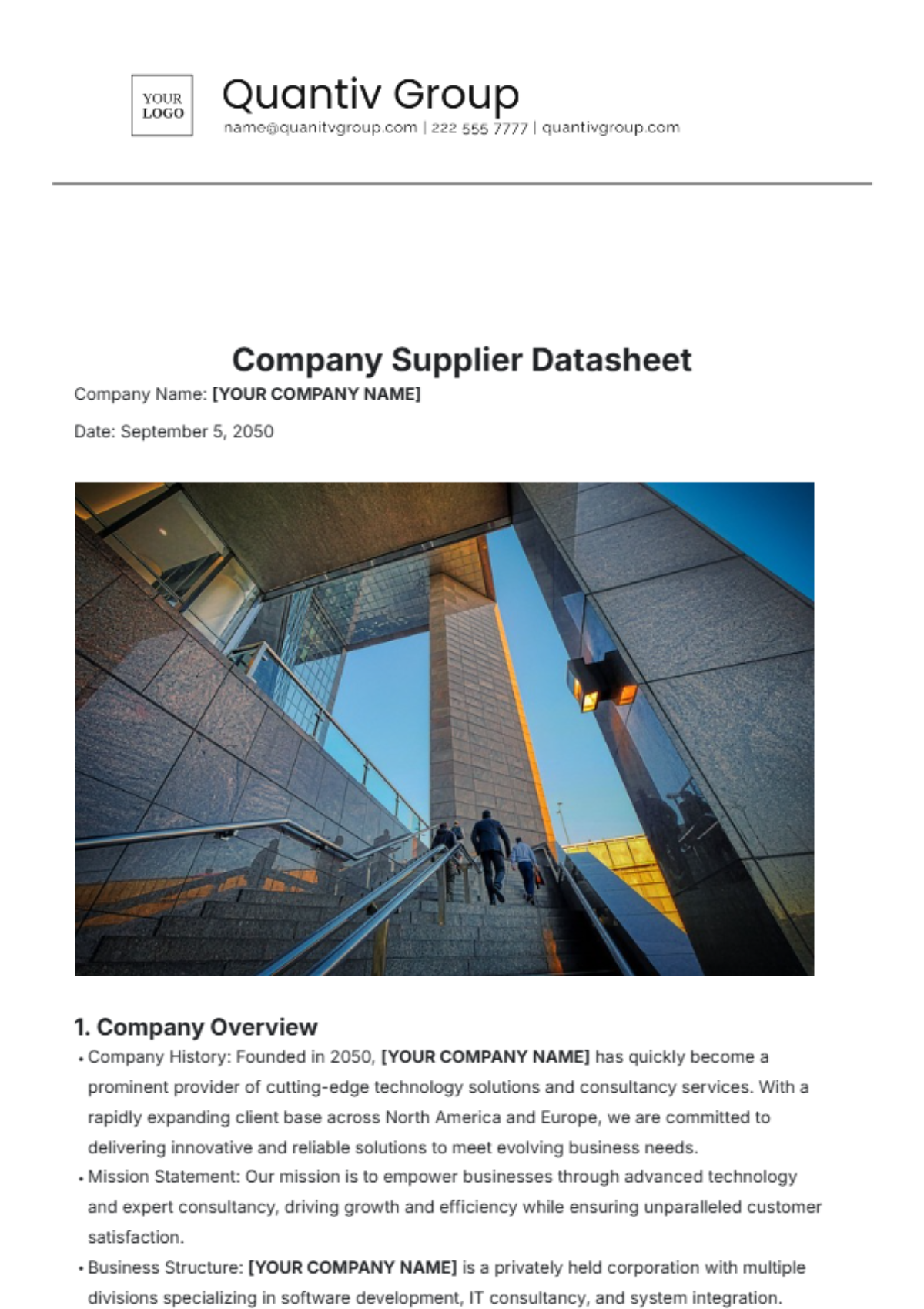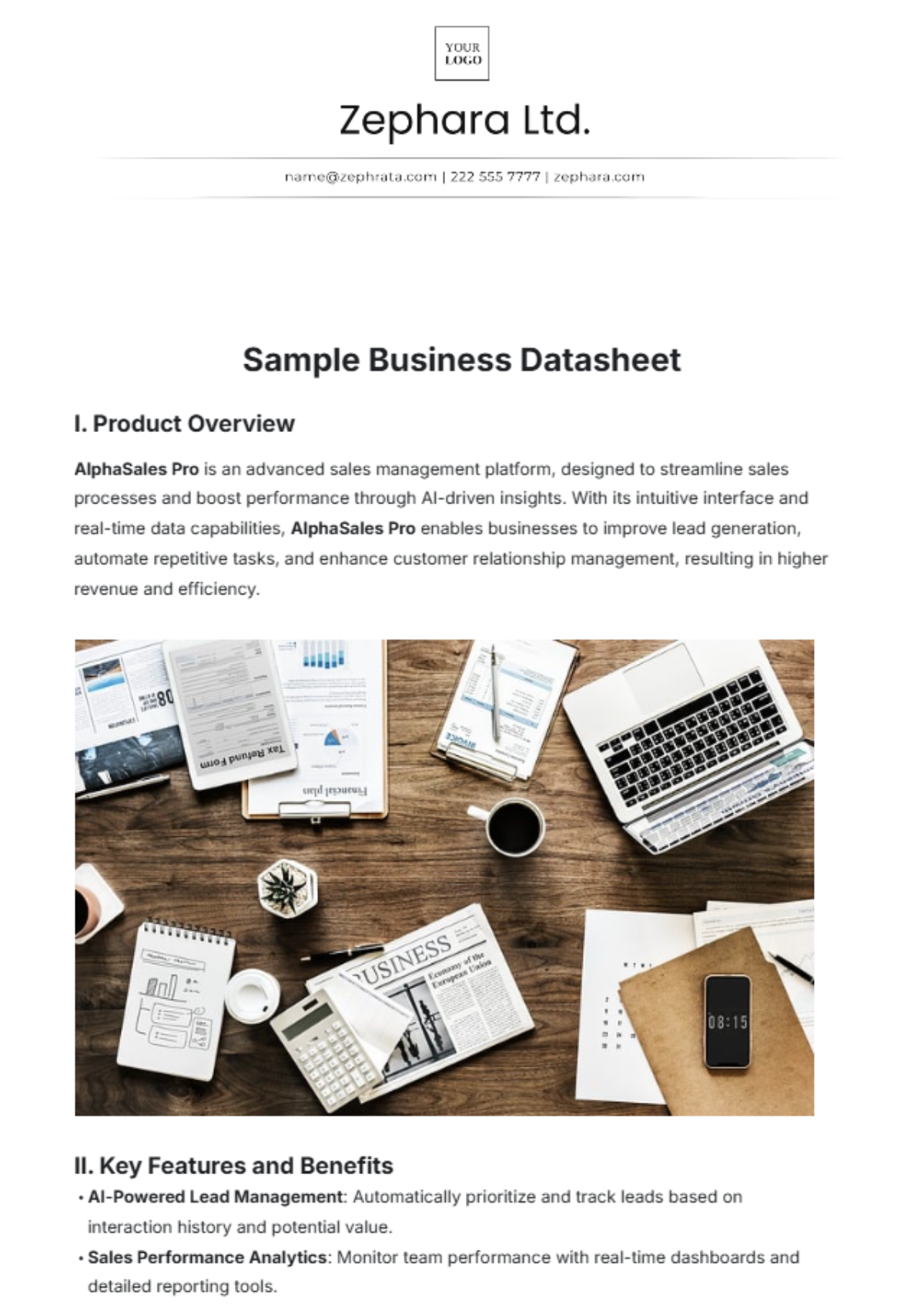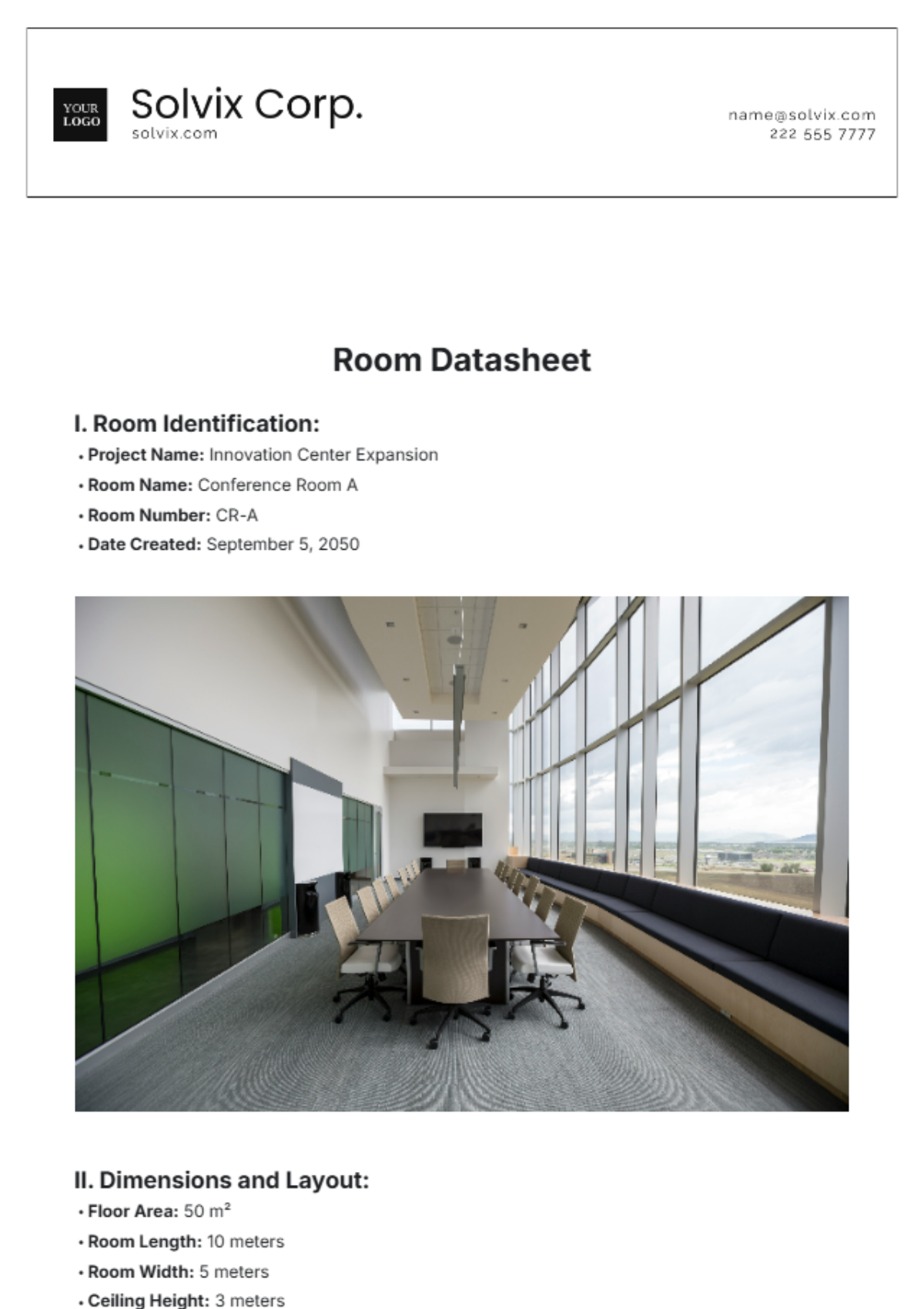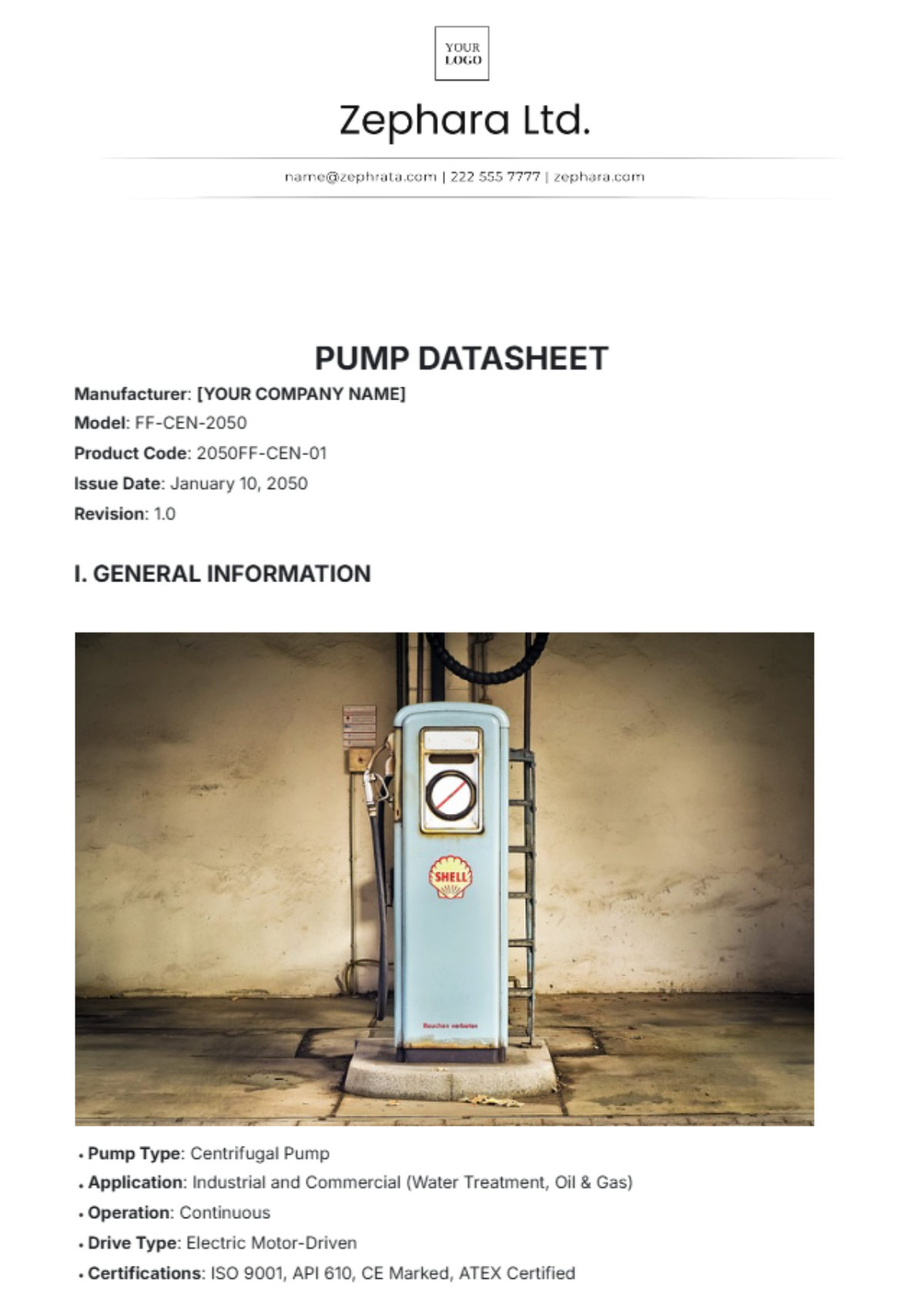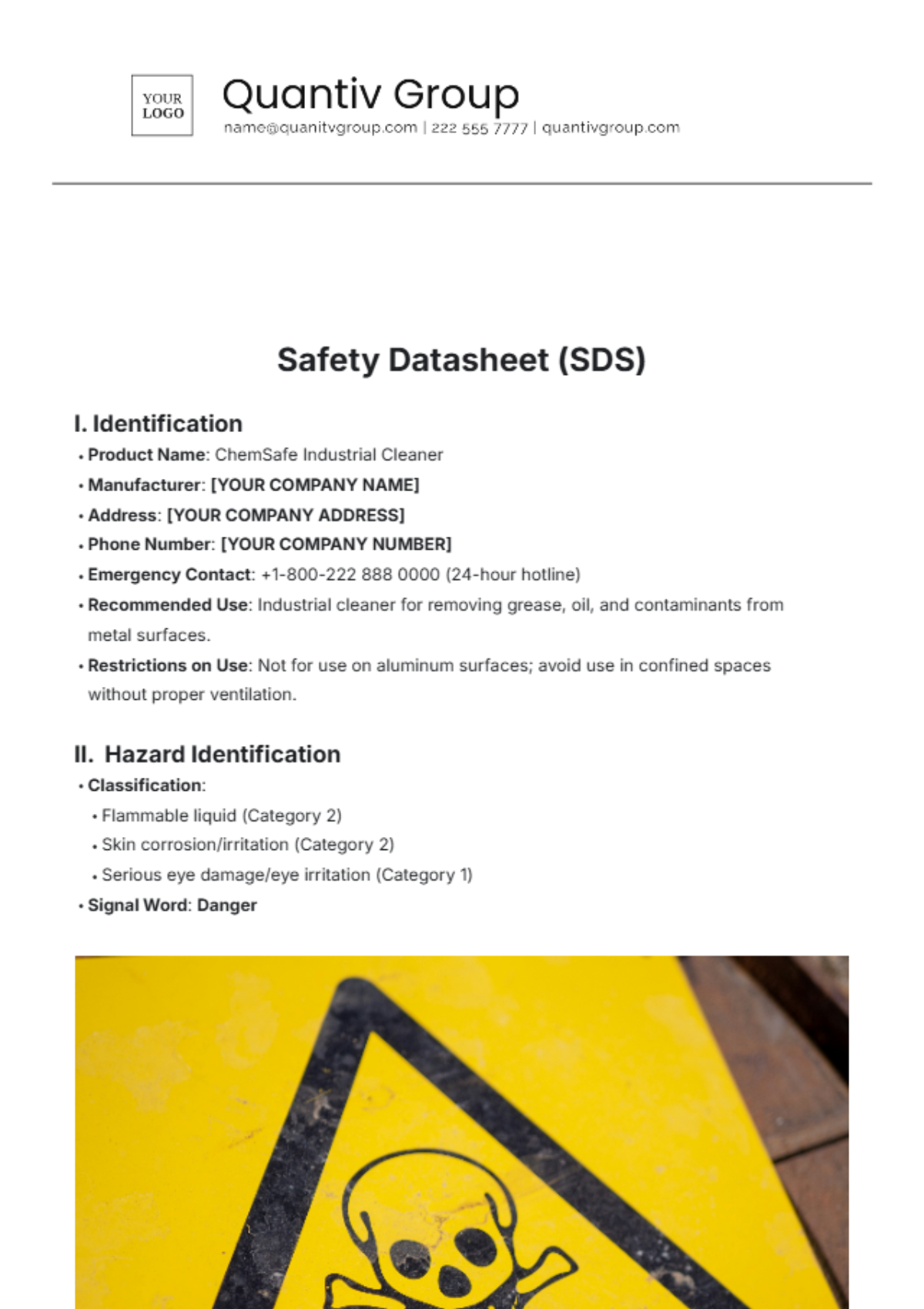Industry Fact Sheet
I. Introduction

The Industry Fact Sheet provides a detailed overview of key aspects of the industry landscape. This section offers valuable insights into industry trends, challenges, and opportunities, serving as a comprehensive resource for stakeholders seeking to understand the dynamics of the industry.
A. Industry Overview
An overview of the industry, including its size, growth trends, major players, and regulatory environment, provides a foundational understanding for further exploration.
B. Company Overview
An introduction to [YOUR COMPANY NAME], highlighting its history, mission, core values, and key achievements within the industry, offers stakeholders insight into the company's position and contributions to the sector.
II. Key Trends
This section highlights significant trends shaping the industry's evolution, ranging from technological advancements and regulatory changes to shifting consumer preferences and emerging market opportunities.
A. Technological Innovations
Exploration of technological innovations driving transformation within the industry, such as automation, artificial intelligence, and digitalization, illuminates new opportunities and challenges.
B. Regulatory Landscape
An examination of regulatory developments impacting the industry, including legislation, policies, and compliance requirements, helps stakeholders navigate legal and regulatory complexities.
III. Challenges and Opportunities
Identifying and addressing key challenges while capitalizing on opportunities is essential for industry stakeholders to thrive in a dynamic business environment.
A. Challenges
Discussion of challenges facing the industry, such as market saturation, supply chain disruptions, talent shortages, and geopolitical uncertainties, enables proactive risk management and strategic planning.
B. Opportunities
Exploration of growth opportunities within the industry, including emerging markets, niche segments, strategic partnerships, and innovation initiatives, fosters innovation and business development.
IV. Industry Performance Metrics
This section provides relevant industry performance metrics and benchmarks, enabling stakeholders to assess industry health, benchmark performance, and make informed decisions.
A. Financial Performance
Analysis of financial indicators, such as revenue growth, profitability margins, and return on investment, offers insights into the financial health and performance of industry players.
Table 1: Financial Performance Metrics
Metric | Current Year | Previous Year | Change (%) |
|---|---|---|---|
Revenue Growth | $X million | $Y million | Z% |
Profitability Margin | X% | Y% | Z% |
Return on Investment (ROI) | X% | Y% | Z% |
B. Operational Efficiency
Evaluation of operational metrics, such as production efficiency, supply chain resilience, and resource utilization, helps identify areas for operational improvement and efficiency gains.
Figure 1: Operational Efficiency Trends
This figure illustrates the trends in operational efficiency metrics over the past five years, including production efficiency, supply chain resilience, and resource utilization. It provides a visual representation of the industry's performance in these key areas, highlighting areas of improvement and identifying potential strategies for optimization.
V. Sustainability and Corporate Social Responsibility (CSR)
Increasingly, sustainability and CSR initiatives are becoming integral to industry practices. This section explores sustainability trends, CSR initiatives, and their impact on industry stakeholders and society at large.
A. Environmental Sustainability
Discussion of environmental initiatives, such as carbon footprint reduction, waste management, and renewable energy adoption, highlights industry efforts to mitigate environmental impact.
Table 2: Environmental Impact Metrics
Initiative | Outcome |
|---|---|
Carbon Footprint Reduction | X% reduction in carbon emissions |
Waste Management | X% reduction in waste production |
Renewable Energy Adoption | X% increase in renewable energy usage |
B. Social Responsibility
Exploration of social responsibility initiatives, including diversity and inclusion programs, community engagement, and ethical supply chain practices, demonstrates industry commitment to social welfare and ethical business practices.
Figure 2: Community Engagement Initiatives

This figure illustrates the various community engagement initiatives undertaken by industry stakeholders. Examples include volunteer programs, charitable donations, educational outreach, and local partnerships. These initiatives demonstrate the industry's commitment to social responsibility and engagement with the communities in which they operate.
VI. Future Outlook
Looking ahead, this section provides insights into the future trajectory of the industry, including anticipated trends, disruptive forces, and strategic imperatives for industry stakeholders to navigate effectively.
A. Emerging Trends
Identification of emerging trends, such as market shifts, technological disruptions, and consumer preferences, offers foresight into future industry dynamics and opportunities.
B. Strategic Imperatives
Discussion of strategic imperatives, including innovation strategies, digital transformation initiatives, and talent development programs, outlines key priorities for industry stakeholders to remain competitive and resilient in the evolving business landscape.
VII. Conclusion
In conclusion, the Industry Fact Sheet offers a comprehensive overview of the industry landscape, providing stakeholders with valuable insights to navigate challenges, capitalize on opportunities, and drive sustainable growth. By understanding industry dynamics, trends, and performance metrics, stakeholders can make informed decisions and chart a successful path forward in the competitive global marketplace.
